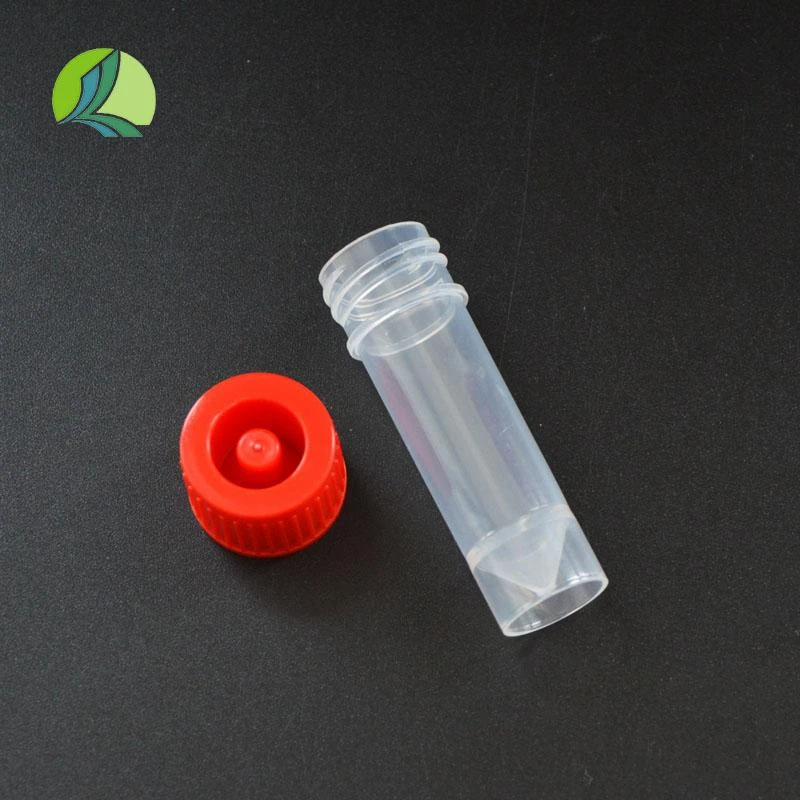https://www.wahmg.com/)">
different sizes of petri dishes
different sizes of petri dishes
Exploring Different Sizes of Petri Dishes
Petri dishes, also known as Petri plates or cell-culture dishes, are essential tools in microbiology and various scientific fields. Their primary role is to culture microorganisms, cells, and other biological samples under controlled conditions. While they might appear simple at a glance, the different sizes of Petri dishes available can significantly influence experimental outcomes, making it crucial for researchers to select the appropriate size for their specific needs.
Standard Sizes and Their Uses
Petri dishes are commonly available in various diameters, typically ranging from 35 mm to 150 mm. The most frequently used size in laboratories is the standard 90 mm Petri dish. This typical size is versatile enough to accommodate most microbiological procedures, such as growing bacterial colonies or performing antibiotic susceptibility testing. The larger 150 mm dishes, on the other hand, are suited for experiments requiring more surface area, such as when cultivating larger quantities of microorganisms or observing colony morphology in detail.
For research focused on specialized applications, smaller Petri dishes, such as 35 mm and 60 mm sizes, can also be utilized. These smaller dishes are often preferred for preliminary experiments, where it's essential to conserve expensive reagents or when working with limited samples. Additionally, they are excellent for toxicity assays or experiments involving smaller organisms, where the surface area is sufficient to allow for proper growth and observation.
different sizes of petri dishes

Impact on Experimental Results
The size of a Petri dish can have a substantial effect on the growth of cultures and the results of experiments. For instance, a larger surface area allows for a higher density of microbial populations, which can lead to distinct differences in colony morphology compared to smaller dishes. Thus, researchers must consider the type of microorganism they are studying, the medium they are using, and the desired outcomes when selecting a Petri dish size.
Moreover, the choice of size can influence air exchange and evaporation rates, which are crucial factors in maintaining optimal growth conditions. A smaller Petri dish may retain moisture better than a larger one, reducing the risk of desiccation of the culture medium. Consequently, researchers need to factor in these environmental aspects when planning their experiments.
Conclusion
In conclusion, the different sizes of Petri dishes serve various purposes in the scientific community, and understanding their implications is vital for accurate experimentation. From standard 90 mm dishes to the more specialized smaller and larger sizes, each dimension plays its role in microbial culture and research. As science continues to evolve, the innovation surrounding laboratory tools like Petri dishes will also advance, further enhancing our ability to conduct thorough and effective research. Researchers must carefully choose the appropriate size of Petri dish to ensure the validity and reliability of their results, ultimately contributing to the ongoing pursuit of knowledge in the scientific world.
-
Wholesale Plastic Juice Bottles with Caps 16 oz Options Available Bulk Packaging SolutionsNewsJun.10,2025
-
Laboratory Apparatus Reagent Bottle – Durable & Chemical Resistant Bottles for Safe StorageNewsJun.10,2025
-
Squeezable Dropper Bottles Durable, Leak-Proof & CustomizableNewsMay.30,2025
-
Affordable Plastic Petri Plates Sterile & Disposable Lab-GradeNewsMay.30,2025
-
Eye Dropper Caps Precision 24/410 & Plastic Bottle-Compatible TipsNewsMay.30,2025
-
Affordable Mini Spray Bottle Price & Wholesale Deals Shop NowNewsMay.29,2025





















